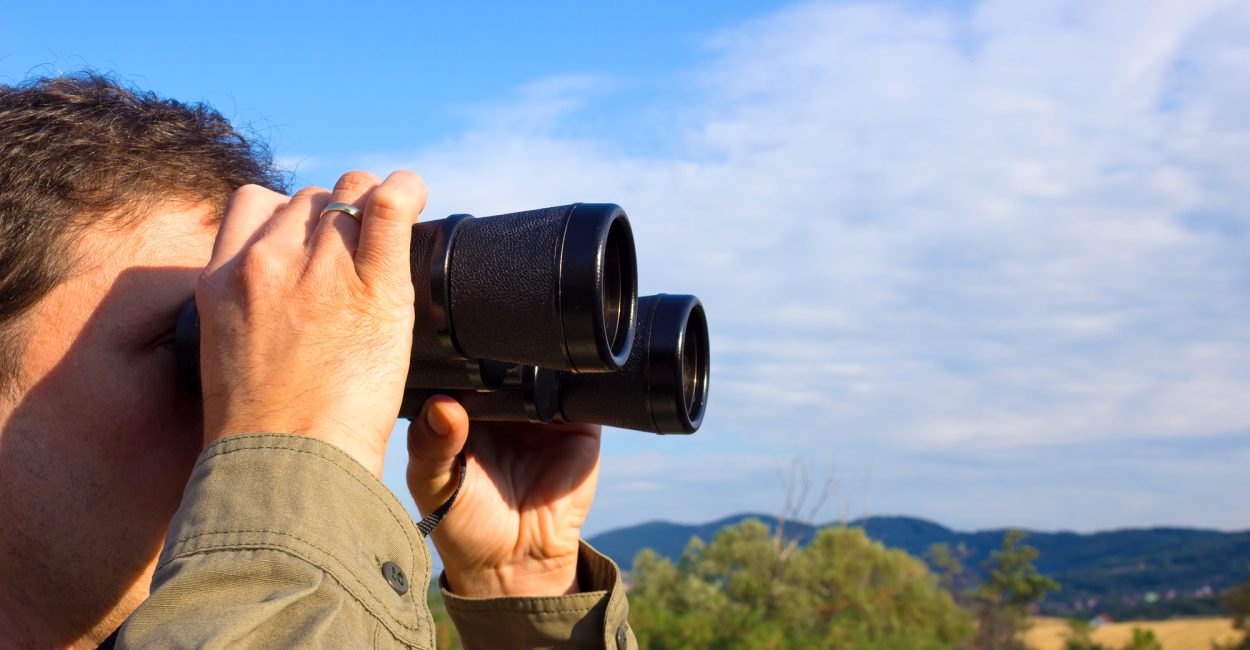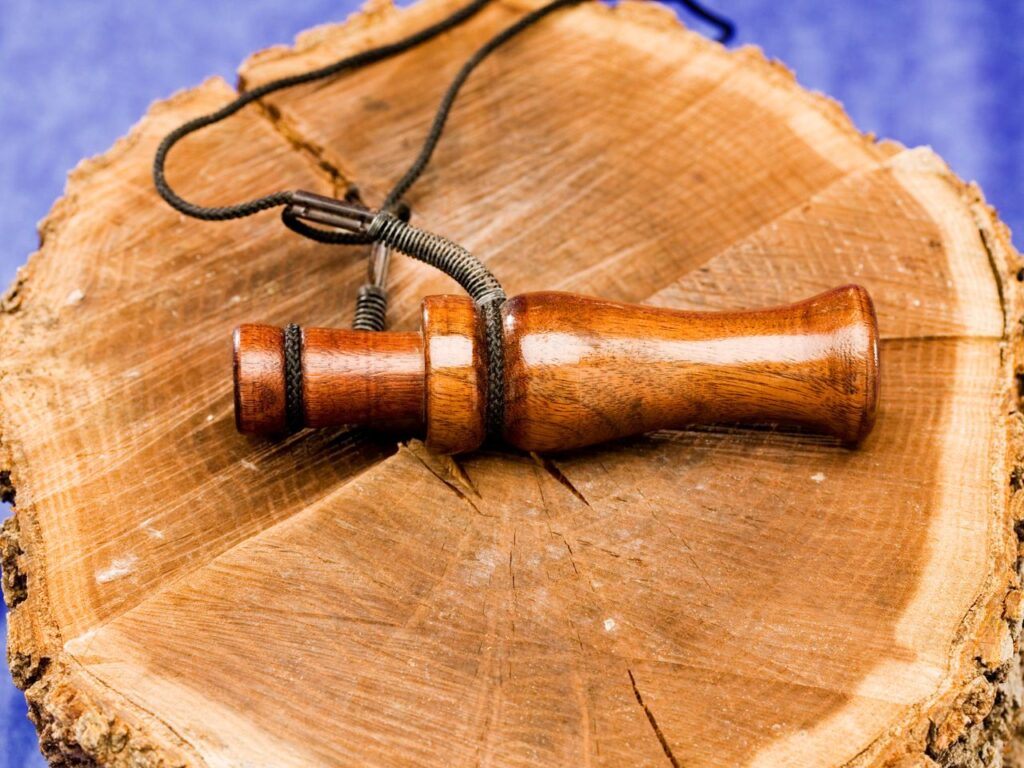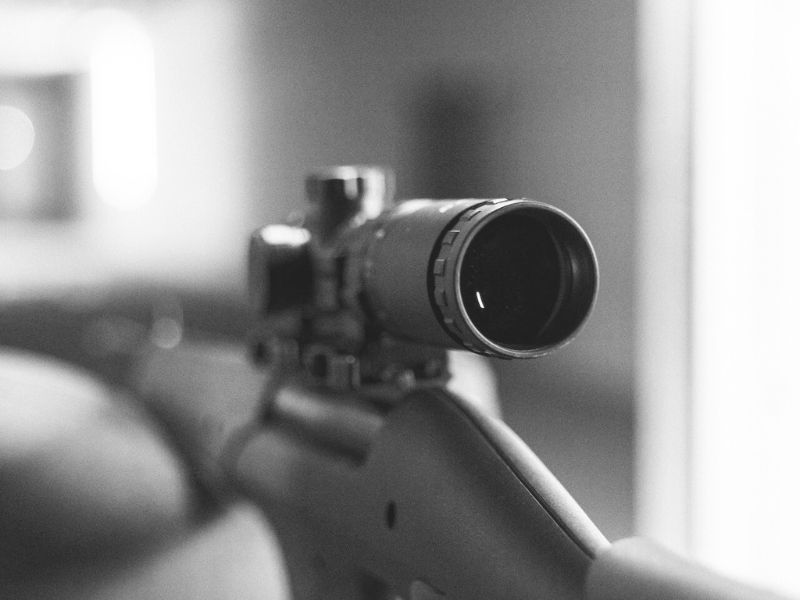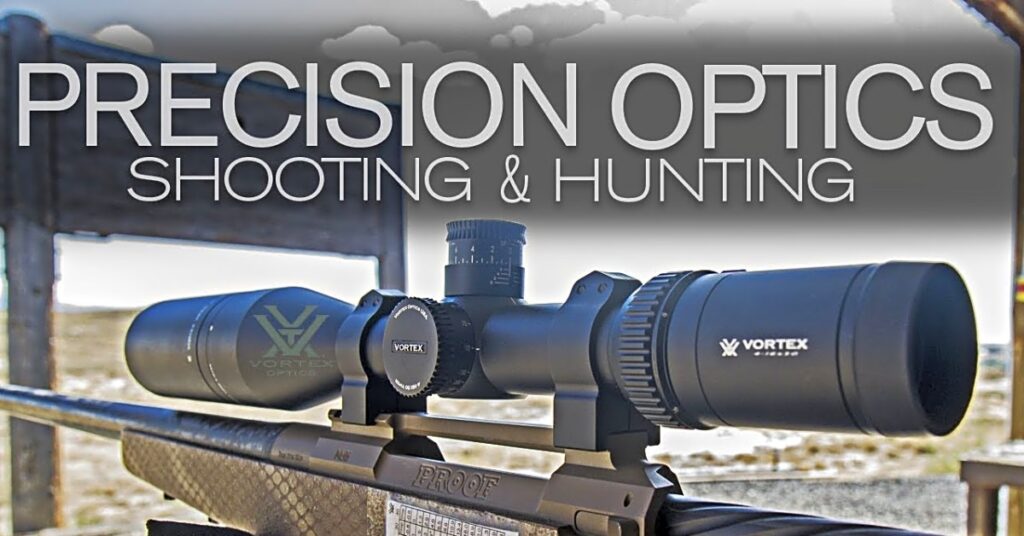Bird watching is a popular hobby enjoyed by people of all ages. To fully appreciate the beauty of birds, having a good pair of binoculars is essential. However, with so many options available, it can be overwhelming to choose the best binoculars for bird watching.
When selecting binoculars for bird watching, there are several factors to consider. The first is the magnification power, which determines how close the birds will appear. A magnification of 8x or 10x is typically recommended for bird watching. The second factor is the objective lens diameter, which affects the amount of light that enters the binoculars and determines the brightness and clarity of the image. A larger objective lens diameter is preferable for bird watching, as it provides a brighter and clearer image.
Other factors to consider when choosing binoculars for bird watching include the size and weight of the binoculars, the type of prism used, and the quality of the lenses. By taking these factors into consideration, bird watchers can select the best binoculars to enhance their bird watching experience and fully appreciate the beauty of the birds around them.
Optics
When it comes to bird watching, having the right optics is crucial. The quality of the image you see will greatly affect your overall birding experience. Here are some key factors to consider when selecting binoculars for bird watching.
Magnification
Magnification is the degree to which the image is enlarged. A higher magnification means a closer view, but it also means a narrower field of view and a shakier image. For bird watching, a magnification of 8x or 10x is recommended.
Objective Lens Diameter
The objective lens is the lens at the end of the binoculars farthest from your eyes. A larger objective lens allows more light to enter the binoculars, resulting in a brighter image. However, a larger objective lens also means heavier and bulkier binoculars. For bird watching, an objective lens diameter of 32mm to 42mm is recommended.
Prism Type
Binoculars use prisms to correct the orientation of the image. There are two types of prisms used in binoculars: Porro prisms and roof prisms. Porro prisms are cheaper and provide a wider field of view, but they are also bulkier. Roof prisms are more expensive but are more compact and lightweight. For bird watching, both types of prisms can be used, but roof prisms are recommended for their portability.
Lens Coating
Lens coating affects the brightness and clarity of the image. Coated lenses reduce glare and increase light transmission, resulting in a brighter and clearer image. There are three types of lens coating: coated, fully coated, and multi-coated. Multi-coated lenses provide the best image quality, but they are also the most expensive. For bird watching, fully coated or multi-coated lenses are recommended.
In summary, when selecting binoculars for bird watching, consider a magnification of 8x or 10x, an objective lens diameter of 32mm to 42mm, roof prisms for portability, and fully coated or multi-coated lenses for the best image quality.
Size and Weight
When it comes to bird watching binoculars, size and weight are important factors to consider. The ideal size and weight of binoculars depend on the user’s preferences and the intended use. In this section, we will discuss the two main sizes of binoculars: compact and full size.
Compact
Compact binoculars are smaller and lighter than full-size binoculars, making them more portable and easier to carry. They are ideal for bird watchers who want to travel light and move around frequently. Compact binoculars usually have objective lenses that are less than 30mm in diameter and weigh less than 1 pound.
Despite their smaller size, compact binoculars can still provide excellent image quality. They are ideal for bird watchers who want to observe birds from a short distance and in good lighting conditions. However, they may not be suitable for bird watchers who want to observe birds from a long distance or in low light conditions.
Full Size
Full-size binoculars are larger and heavier than compact binoculars, making them less portable but more powerful. They are ideal for bird watchers who want to observe birds from a long distance and in low light conditions. Full-size binoculars usually have objective lenses that are larger than 30mm in diameter and weigh more than 1 pound.
Full-size binoculars provide better image quality and are more comfortable to use for extended periods. They are ideal for bird watchers who want to observe birds from a stationary position, such as from a bird blind or a balcony. However, they may not be suitable for bird watchers who want to travel light or move around frequently.
In summary, the size and weight of binoculars are important factors to consider when choosing a pair of binoculars for bird watching. Compact binoculars are more portable and easier to carry, while full-size binoculars are more powerful and provide better image quality. The ideal size and weight of binoculars depend on the user’s preferences and the intended use.
Durability
When it comes to bird watching, durability is an essential factor to consider while choosing the best binoculars. A durable binocular is not only long-lasting but also withstands harsh weather conditions and rough handling. In this section, we will discuss the three primary aspects of binocular durability: waterproofing, fogproofing, and shockproofing.
Waterproofing
Waterproofing is crucial for bird watching binoculars as it protects them from water damage. A waterproof binocular ensures that you can use it in wet conditions without any worries. Most binoculars come with waterproofing features such as O-ring seals and nitrogen purging, which prevent water from penetrating into the internal parts of the binoculars.
Fogproofing
Fogproofing is another essential feature to consider while choosing bird watching binoculars. Fog can form inside the binoculars due to temperature changes, which can obstruct the view. Fogproof binoculars have nitrogen or argon gas purging, which prevents the internal parts from fogging up. This feature ensures that you get a clear view even in varying temperatures.
Shockproofing
Shockproofing is an essential feature that protects the binoculars from damage due to accidental drops or rough handling. Binoculars with shockproofing features have a rubber coating that absorbs shock and prevents damage to the internal parts. This feature ensures that your binoculars remain intact even after accidental drops.
In conclusion, durability is a crucial factor to consider while choosing the best binoculars for bird watching. Waterproofing, fogproofing, and shockproofing are the three primary aspects of binocular durability that you should keep in mind. A binocular with these features will last longer, withstand harsh weather conditions, and rough handling.
Ease of Use
When it comes to bird watching, having a pair of binoculars that are easy to use is crucial. Here are some factors to consider when evaluating the ease of use of binoculars.
Focus Knob
The focus knob is one of the most important features of binoculars for bird watching. It allows the user to adjust the focus of the binoculars to get a clear view of the birds. A good focus knob should be easy to turn and provide a smooth and precise focus adjustment. It should also be easy to locate and use, even when wearing gloves.
Eye Relief
Eye relief refers to the distance between the eyepiece and the eye when the binoculars are in use. A longer eye relief is important for those who wear glasses, as it allows them to use the binoculars without having to remove their glasses. Binoculars with shorter eye relief can be uncomfortable to use for extended periods of time, as they require the user to press their eyes against the eyepiece.
Exit Pupil
The exit pupil is the diameter of the beam of light that exits the eyepiece of the binoculars. A larger exit pupil allows more light to enter the eye, which can make it easier to see birds in low-light conditions. Binoculars with a larger exit pupil are also more forgiving when it comes to eye placement, making them easier to use.
Overall, when evaluating the ease of use of binoculars for bird watching, it is important to consider the focus knob, eye relief, and exit pupil. By choosing a pair of binoculars with these features in mind, bird watchers can ensure that they have a comfortable and enjoyable viewing experience.
FeatureWhat to Look ForFocus KnobEasy to turn, smooth and precise adjustment, easy to locate and useEye ReliefLonger eye relief for glasses wearers, comfortable for extended useExit PupilLarger exit pupil for low-light conditions, more forgiving eye placement
Price and Value
When it comes to buying binoculars for bird watching, price is an important factor to consider. However, it should not be the only factor. One should also consider the value that the binoculars offer.
There are many binoculars available in the market, ranging from budget-friendly to high-end models. The price of binoculars depends on various factors, including the quality of optics, durability, and features.
While some bird watchers may be on a tight budget, it is important to remember that investing in a good pair of binoculars can make a significant difference in the bird watching experience. A high-quality pair of binoculars can provide sharper, clearer images, and better color contrast, making it easier to identify birds in their natural habitat.
It is also important to note that the most expensive binoculars may not always be the best option. Some mid-range binoculars offer excellent value for money, with high-quality optics and features that are suitable for bird watching.
When considering the price and value of binoculars for bird watching, it is important to keep in mind the specific needs and preferences of the individual. Factors such as magnification, objective lens diameter, and weight should be considered, along with the price and value of the binoculars.
Overall, it is recommended to invest in a good quality pair of binoculars for bird watching, as it can greatly enhance the bird watching experience.
Conclusion
After thorough research and analysis, it is clear that the best binoculars for bird watching are those that offer a combination of high-quality optics, durability, and ease of use. The ideal binoculars should allow the observer to view birds in their natural habitats with excellent clarity and detail, while also being comfortable to hold and easy to focus.
When selecting binoculars for bird watching, it is important to consider several factors, including magnification, objective lens size, and field of view. The ideal magnification will depend on the type of bird watching being done, with most bird watchers finding 8x or 10x magnification to be suitable. A larger objective lens size can provide brighter, clearer images, while a wider field of view can make it easier to locate birds.
Additionally, binoculars with features such as waterproofing, fog proofing, and shock resistance can offer added protection and durability in various weather conditions and environments. Comfortable eyecups and a lightweight design can also make a significant difference in usability and overall enjoyment of bird watching.
Overall, the best binoculars for bird watching will vary depending on the individual’s preferences and needs. However, by considering the factors mentioned above and researching reputable brands and models, bird watchers can find binoculars that will enhance their experience and allow them to fully appreciate the beauty of nature’s feathered friends.




